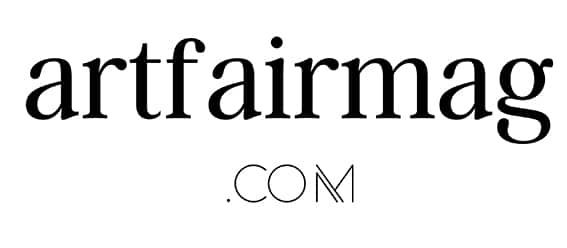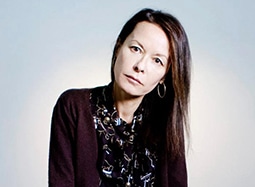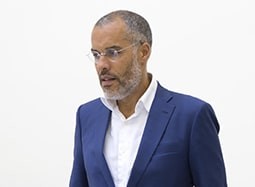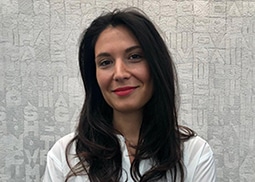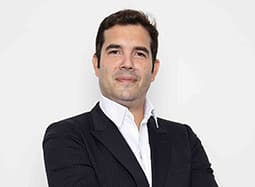Galerie Max Hetzler
Max Hetzler opened the Hetzler+Keller gallery in Stuttgart in September 1974, specialising in emerging contemporary art from the German scene. It expanded its offering with international artists such as Donald Judd and Richard Long before moving to Cologne in 1983. This decade spent there truly established Galerie Max Hetzler, giving it a global reputation. From Cologne to Berlin in 1993, the gallery opened a branch in Paris in 2014, and is represented with a space in London since fall 2018. Galerie Max Hetzler represents some of the most influential contemporary artists, including Ai Weiwei, Albert Oehlen, Glenn Brown, or Julian Schnabel, while being very committed to promote emerging talent.
Galerie Max Hetzler
Max Hetzler opened the Hetzler+Keller gallery in Stuttgart in September 1974, specialising in emerging contemporary art from the German scene. It expanded its offering with international artists such as Donald Judd and Richard Long before moving to Cologne in 1983. This decade spent there truly established Galerie Max Hetzler, giving it a global reputation. From Cologne to Berlin in 1993, the gallery opened a branch in Paris in 2014, and is represented with a space in London since fall 2018. Galerie Max Hetzler represents some of the most influential contemporary artists, including Ai Weiwei, Albert Oehlen, Glenn Brown, or Julian Schnabel, while being very committed to promote emerging talent.
Contemporary Art
Bleibtreustraße 45
10623 Berlin-Charlottenburg, DE
+49 30 346 497 85-0
info@maxhetzler.com
Bleibtreustraße 15/16
10623 Berlin-Charlottenburg, DE
+49 30 346 497 85-0
info@maxhetzler.com
Goethestraße 2/3
10623 Berlin-Charlottenburg, DE
+49 30 346 497 85-0
info@maxhetzler.com
57, rue du Temple
75004 Paris, FR
+33 1 57 40 60 80
paris@maxhetzler.com
41 Dover Street
London W1S 4NS, UK
+44 20 7629 7733
london@maxhetzler.com
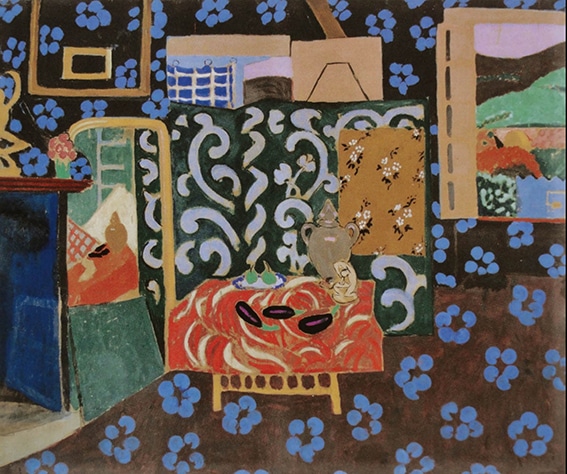
Intérieur aux aubergines, 1911
Henri Matisse (1869-1954)
Distemper on weave
212 x 246 cm
Museum of Grenoble (MG 2161)
All our Interviews
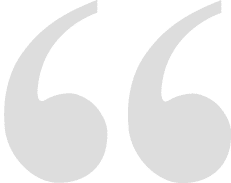
Read all our exclusive interviews with antique, modern, contemporary & primitive art dealers.

Interview with Samia Saouma ~ Partner
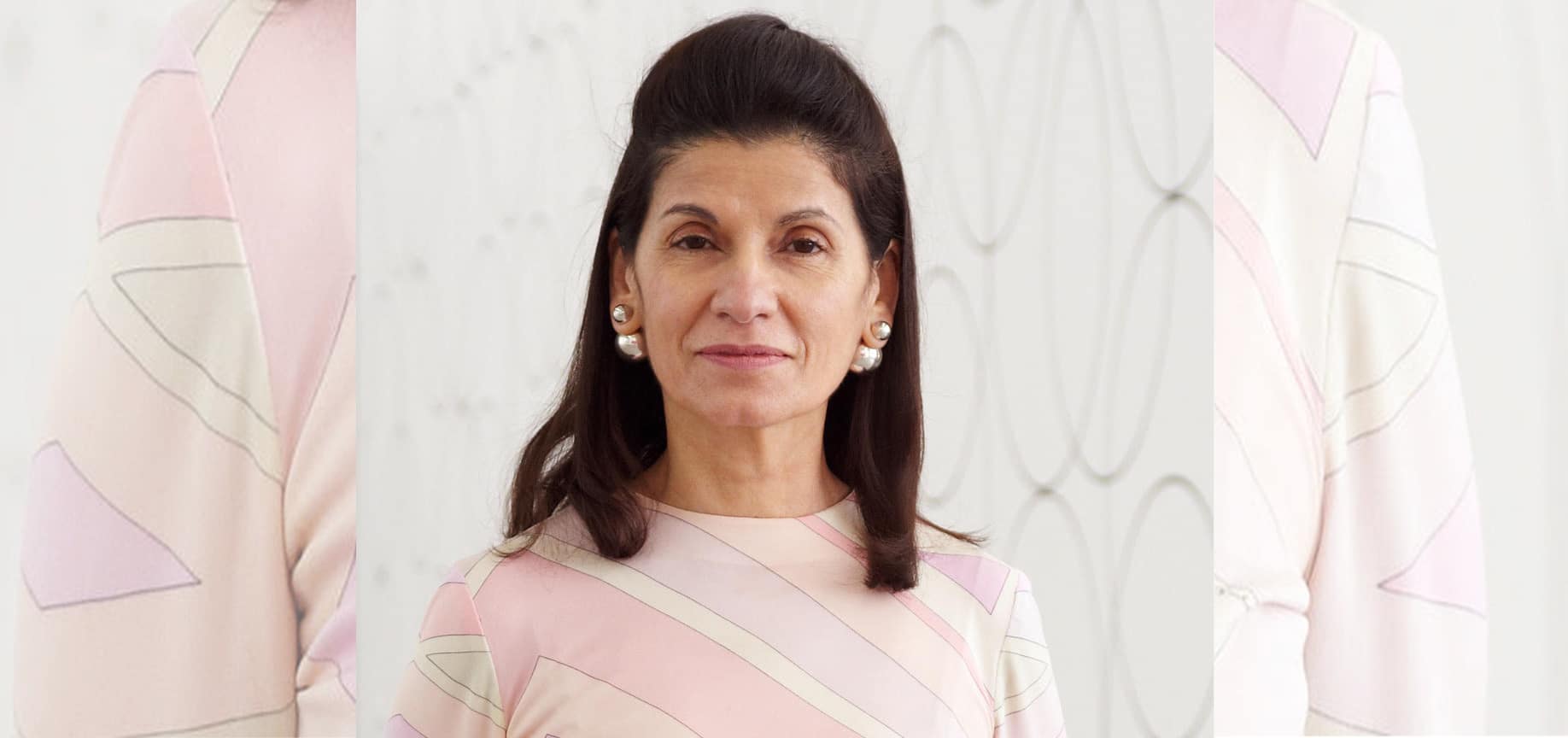
© Holger Niehaus / Courtesy Galerie Max Hetzler Berlin | Paris | London
Interview by Pauline Loeb-Obrenan, founder of artfairmag.
Partner in Galerie Max Hetzler, Samia Saouma has been heading the Paris branch since its opening in 2014. For this French-Lebanese art lover, everything began with the opening of an eponymous gallery, after having pursued studies at the Ecole du Louvre. Her gallery focused at first on photography, with international artists like Robert Mapplethorpe, before expanding to contemporary artists from the German scene. Samia Saouma ran it until she joined her husband Max Hetzler.
artfairmag: Samia Saouma, you started your career by creating an eponymous gallery, which initially focused on photography, before broadening to the German scene. You are now a partner in Galerie Max Hetzler. Can you tell us more about your background and how contemporary art came to you?
Samia Saouma: I studied art history in Paris and during my student years in the 70’s. I used to visit contemporary art galleries, Yvon Lambert and Ileana Sonnabend where I discovered minimal, conceptual art and Pop art. Through a friend who had worked at Sonnabend, I met several artists. I always knew that I will be working in this field.
artfairmag: You manage a blue-chip gallery which represents very well-established names such as Jeff Koons, Albert Oehlen or Thomas Struth, while continuing promoting emerging talent like Raphaela Simon, Jeremy Demester or Giulia Andreani. How do you combine these two very different aspects of your job?
S. S.: It is somehow crucial to continue to watch the art scene instead of focusing only on one generation of artists. Emerging artists are happy to work with us and to exhibit alongside some artists that in some cases they always admired. Established artists are equally curious about the “young scene”. We also enjoy interactions with different generations of curators and collectors due to the wide range of artists we represent. I must add that for me it is always an immense treat to visit exhibitions of Old Masters – Raphael in Rome was the last one, or of masters of the 20th century as the superb show of Matisse at Pompidou this year.
artfairmag: When people think about Galerie Max Hetzler, they think about Ai Weiwei but since the very beginning, the gallery has strongly focused on German and American artists. What would you say is its DNA?
S. S.: I do not like so much the word DNA and actually besides German and American artists, we also work with others, from China, Brazil, France, Norway, Netherlands or England. Art has no borders, no boundaries.
“It is somehow crucial to continue to watch the art scene instead of focusing only on one generation of artists.”
artfairmag: Before Covid-19, Galerie Max Hetzler was participating in many art fairs – the major ones – all over the world. When the art market returns to a kind of normality, are you thinking of reducing your participation or on the contrary are you eager to start again as before?
S. S.: We will certainly continue to participate in art fairs. It is absolutely essential as this is where we can connect with collectors from different continents and continue to meet them on regular bases. I suppose that we might participate in fewer fairs than in the past but at least in 6 of them.
artfairmag: Galerie Max Hetzler has become a family adventure. You have led the Paris branche since 2014 while your son Max Edouard took over the London gallery’s management in 2018. Are artistic choices made in a collegial manner or does each one have a decision-making power?
S. S.: Both. Of course there are constant discussions between us about the gallery, the programme in each space, but at the same time each of us make his own decisions.
artfairmag: In 2012, Max Hetzler and you created in his own family house a foundation to promote contemporary art and young artists – the Stiftung zur Förderung zeitgenössischer Kunst in Weidingen. What does this new activity of promoting the arts in a non-profitable way mean to both of you?
S. S.: This is a summer venue in the countryside where we invite each year one artist to produce a new work in this very different environment. The opening takes place during a weekend and includes a concert.
artfairmag: Finally, could you tell us more about an artwork you like, which may or may not come from your gallery?
S. S.: Having been lucky to have seen the magnificent Matisse exhibition at Pompidou (that could be open only for 10 days!), I would say The Nature Morte aux Aubergines.
More Interviews
Almine Rech
Established in 1989, Almine Rech has grown to become one of the most influential female art dealers. Dedicated in contemporary art, the gallery has 6 different spaces.
kamel mennour
kamel mennour is a one leading contemporary art gallery showcasing blue-chip artists as well as emerging talents. It has four spaces in Paris and one in London.
Tornabuoni Art
Created in 1981 by Roberto Casamonti, Tornabuoni Art has established itself as a leading gallery for Post-War Italian art, with artists as Burri, Fontana, Castellani and Boetti.
Bailly Gallery
Bailly Gallery focuses on modern and Post-War art. Many great artists are showcased as Picasso, Matisse, Calder, Poliakoff, Chagall, Renoir, Renoir, among others.
